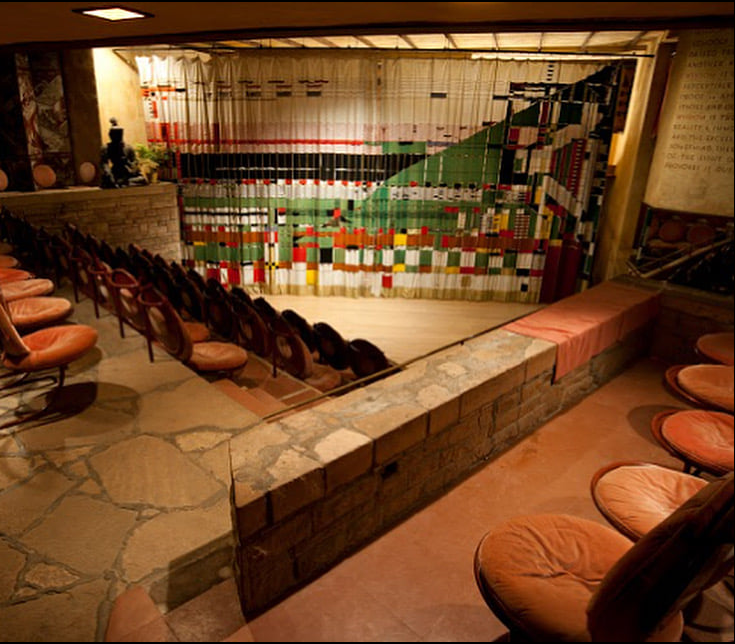One of the bill's sponsors, Rep. Rob Brooks (R-Saukville) testified that the bill is not intended to be retroactive. He said the "owner consent" provision would apply only to historic designations going forward, but would not be applicable to properties already designated. The draft of the bill that was available on legis.wisconsin.gov prior to the hearing did not include a retroactivity clause.
Rep. John Jagler (R-Watertown), Chair of the Committee, said he heard from representatives of Watertown in his 37th Assembly District, and also from the communities of Columbus and Waterloo that they have "grave concerns about this [owner consent] provision." They are concerned that "efforts to revitalize their downtowns would be greatly hampered by this if its voluntary."
Curt Witynski, Assistant Director of the League of Wisconsin commented that the bill "strips municipal power in many ways," including the power to regulate historic and cultural resources that are important to community identity and character.
Larry McDonald, Mayor of Bayfield testified that the "owner consent" provisions of AB-568 "particularly affects the city of Bayfield", which he called the "economic powerhouse of that corner of the state." "We have built a market," McDonald said, "to show ourselves off as a historic waterfront community," and that "the Chamber of Commerce and Visitors' Bureau promote the historic quality of our town." Bayfield uses a triple bottom-line model to measure their success and quality of life. It requires that residents are taken care of, businesses are profitable, and environment (including the cultural character) is well-protected. "Our community" he said "wants to be held accountable. We have a tremendous concern about what it would do to our economy, and we really believe it would really devalue the surrounding historic neighborhoods and buildings. We've got a brand, we've got a look, and we've got a community that's going to ask you to not impose any of the historic or aesthetic portions of this bill."
Shawn Reilly, Mayor of Waukesha testified against the provisions stating that "Waukesha has a very successful historic area. The downtown is pretty much all historic." Reilly articulated the adverse impact that the provisions would have on the state's Certified Local Government (CLG) program.
Steve Cummings, Mayor of Oshkosh, testified that AB-568 usurps local control of quality-of-life issues. quality of life...sees local regulation of housing stock as "equity protection." Healthy neighborhoods and economic development go hand-in-hand. "If you want companies to locate in your city, and bring their workers to your city, you have to have healthy neighborhoods. You have to have quality-of-life, and quality-of-life means healthy neighborhoods."
John Decker, Evansville attorney, and president of the Wisconsin Association of Historic Preservation Commissions, called the owner consent provisions "reverse spot zoning." The provisions, he said "delegate local legislative authority to property owners simply on the basis that they don't consent. They can withhold their consent for a good reason, for a bad reason, or no reason at all."
Brenda Wood representing the City of MKE said the bill "strikes at the heart of what local government does," including protecting the health, safety and welfare of its citizens, improving and maintaining neighborhood conditions, decreasing blight, increasing investments and economic vitality throughout the city. Protecting and preserving housing stock." she said, "is a benefit to stabilization, homeowner and taxpayer investment, and to overall health of city's tax base."
One point of disagreement articulated by Rep. Brooks was that his information on how the bill would affect the state's CLG program differed completely from what he heard from testimony.
According the the Wisconsin State Journal, Brooks said after the hearing that they would take input from the hearing and "go back to the drawing board."




















